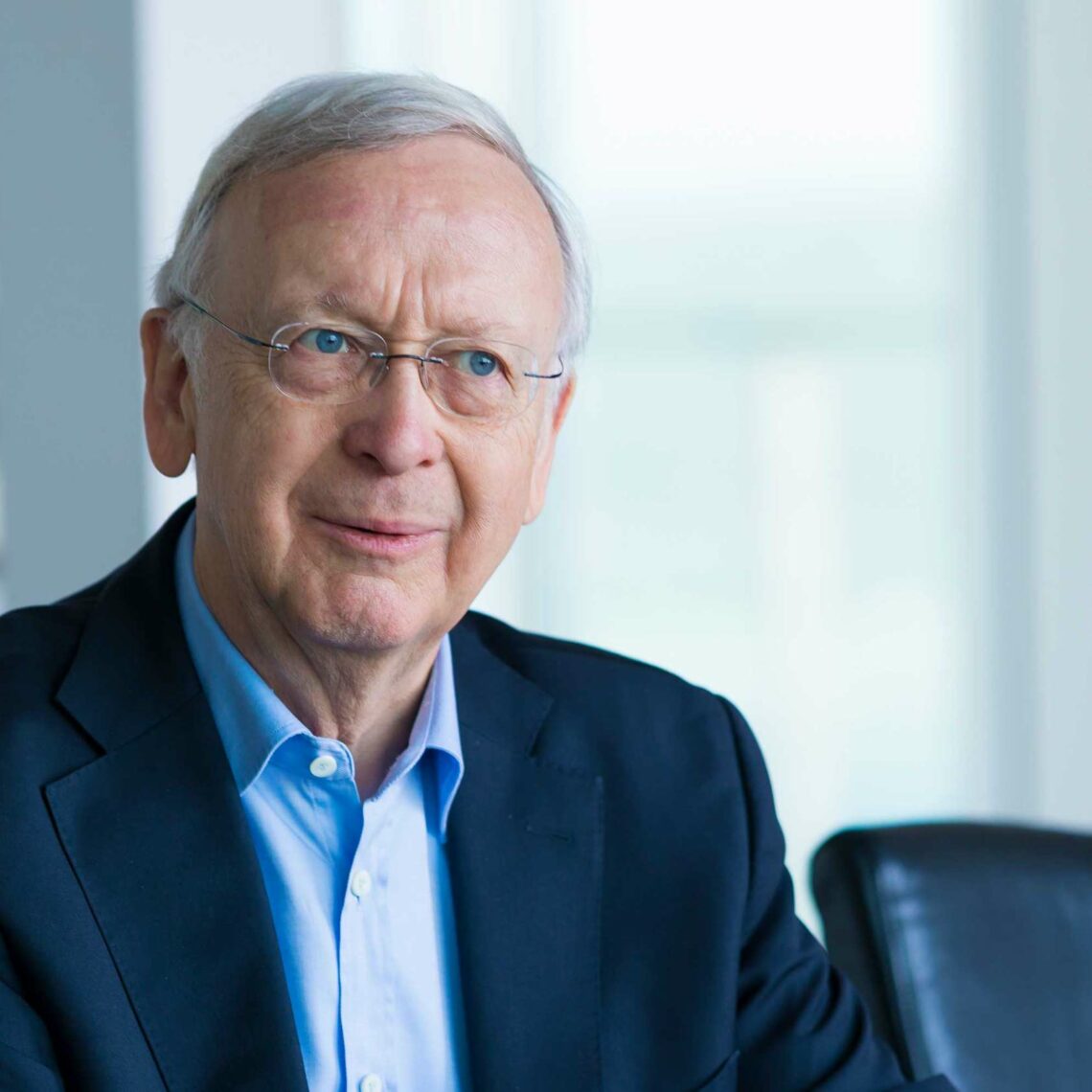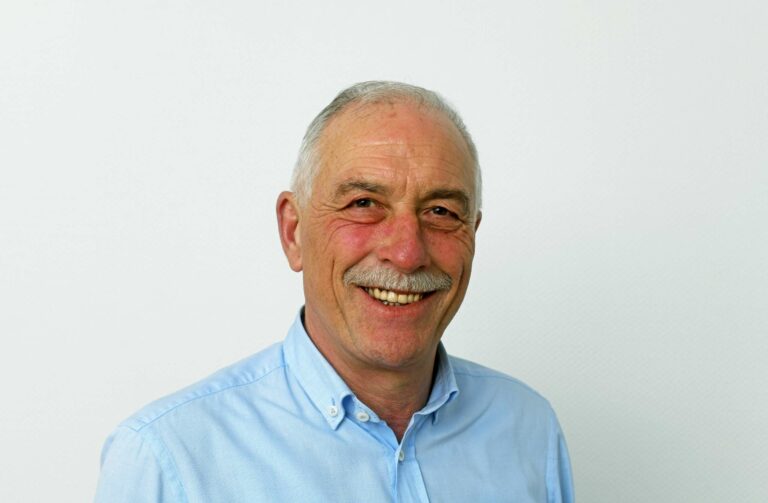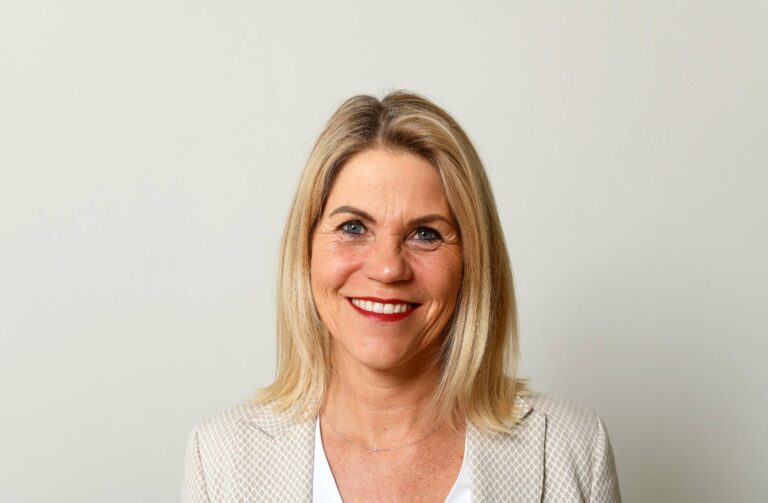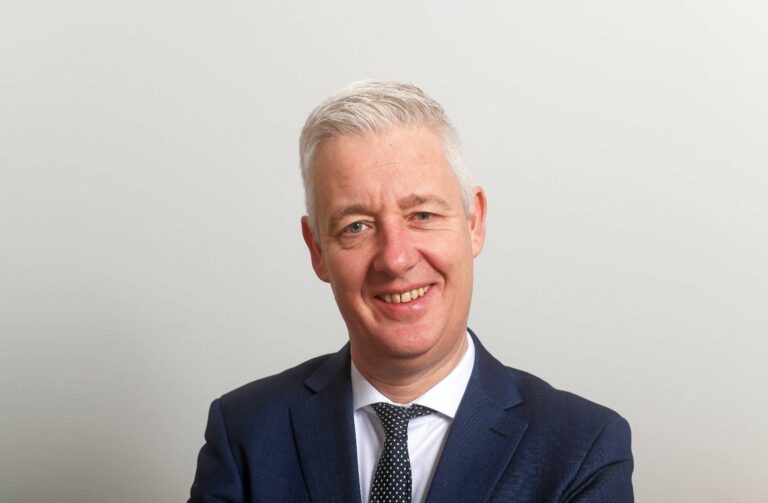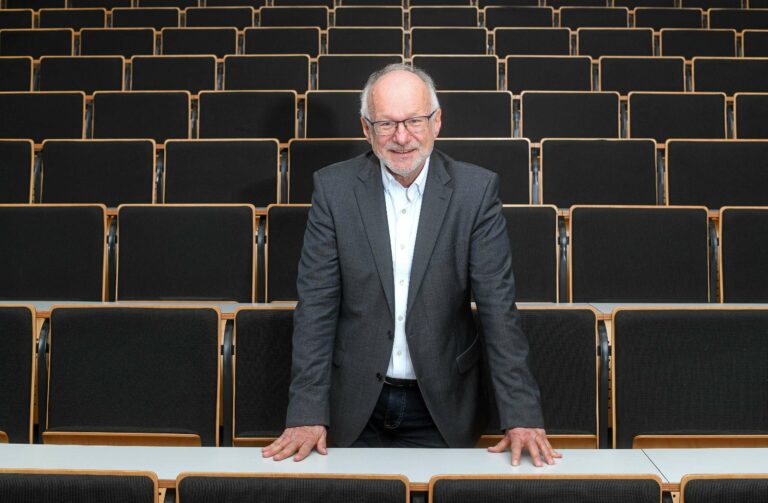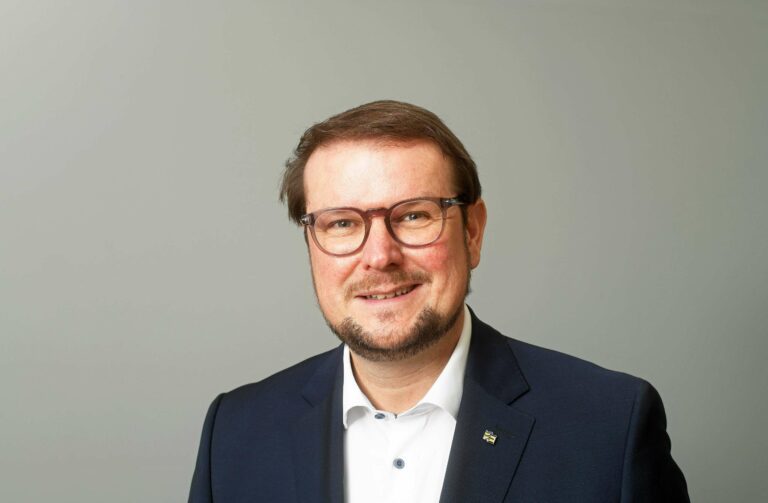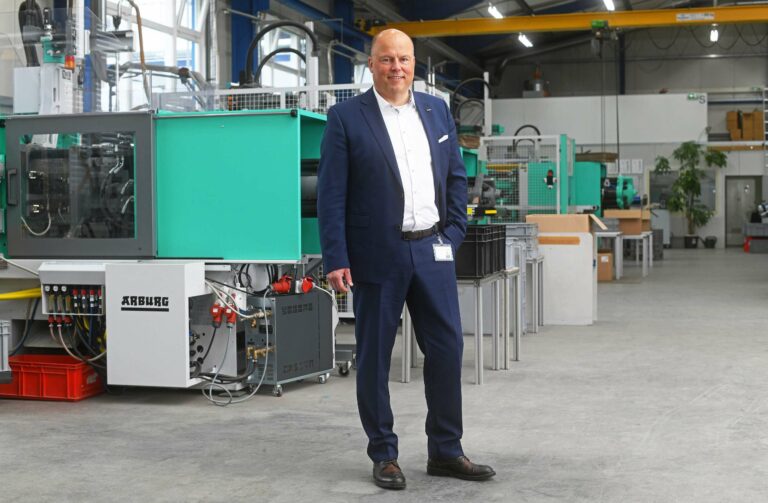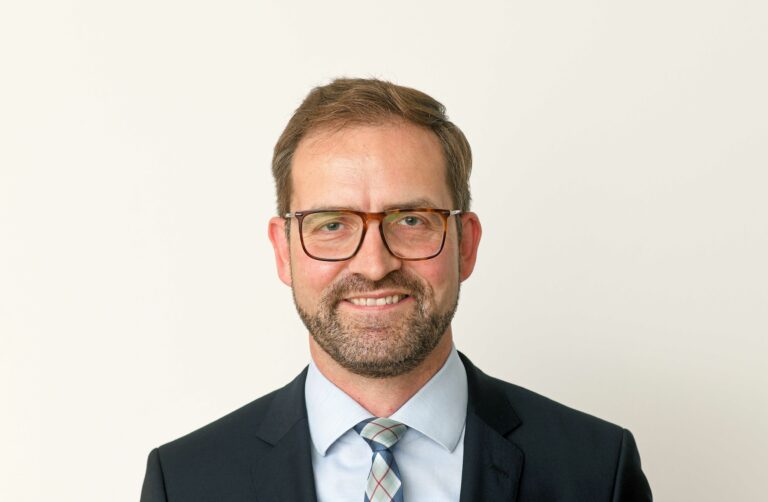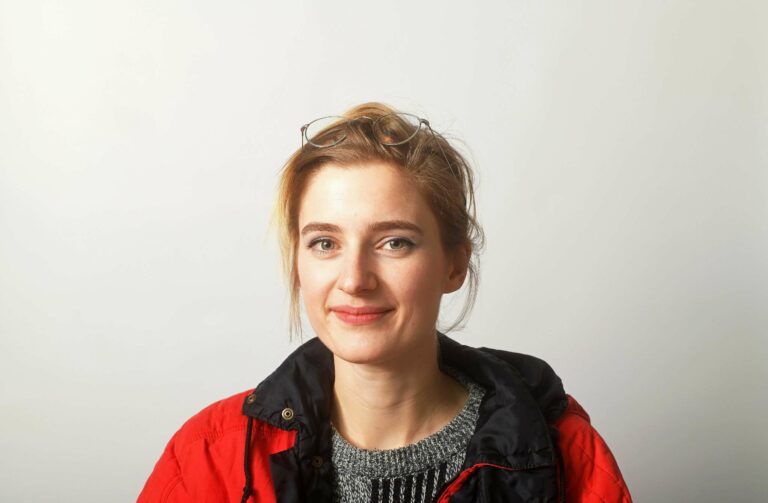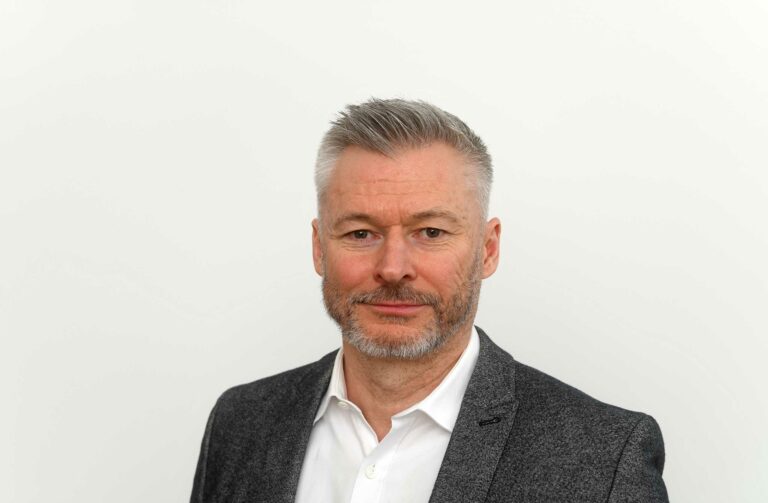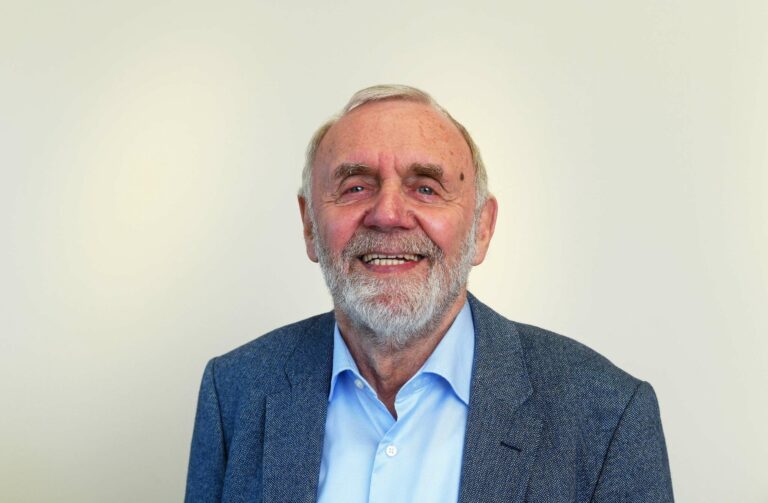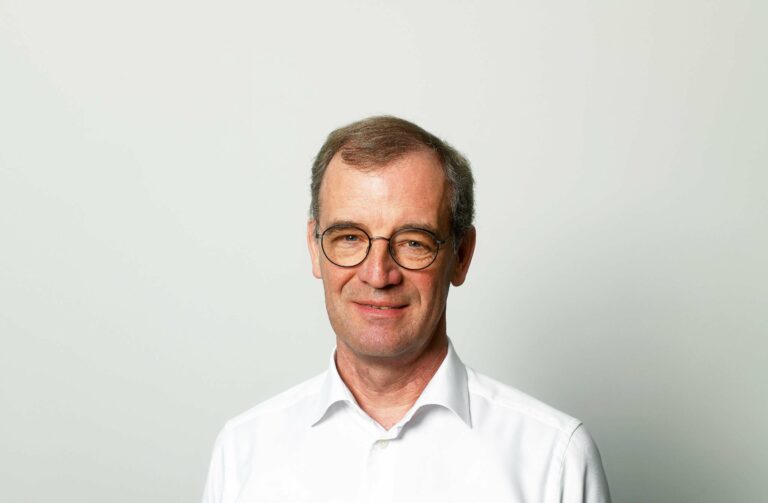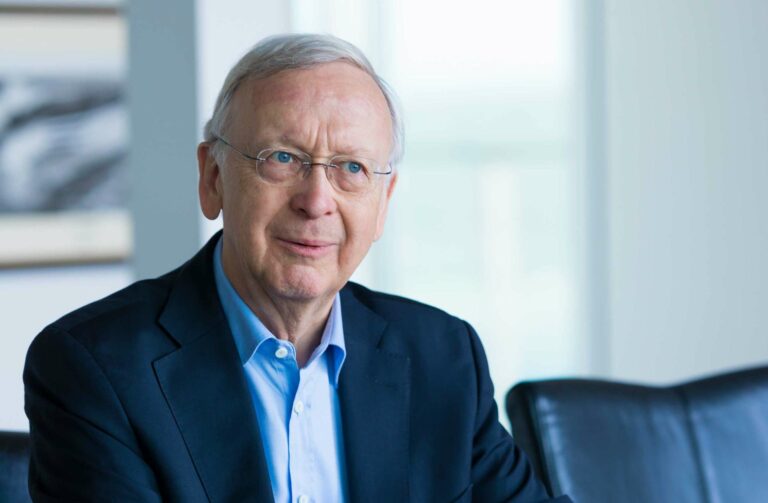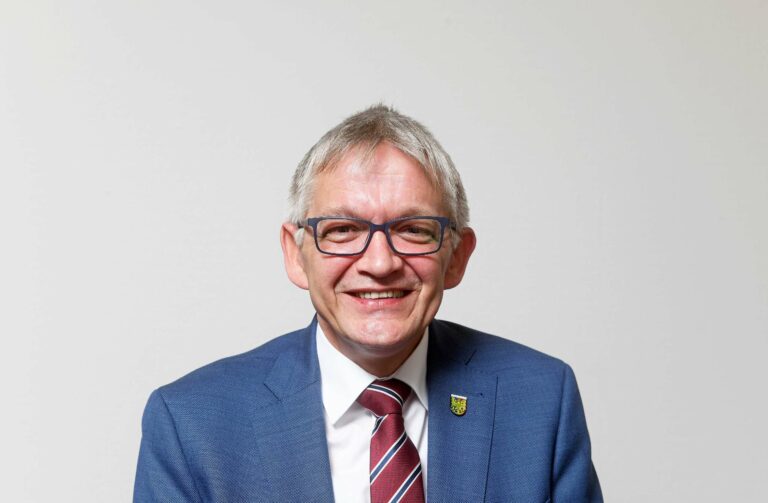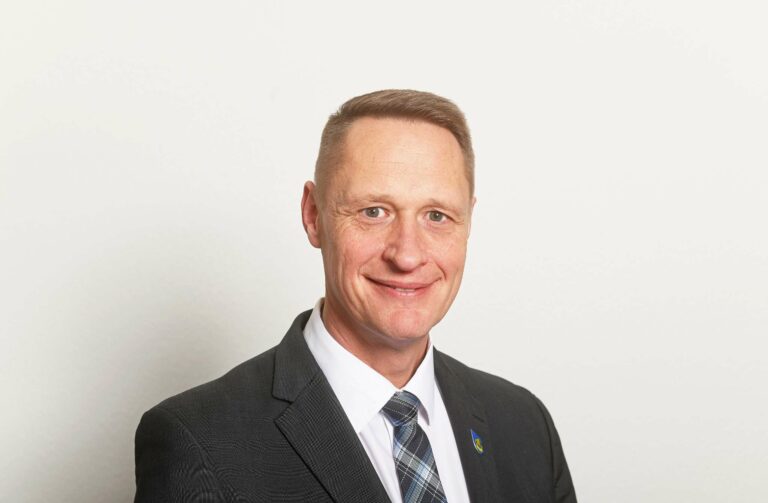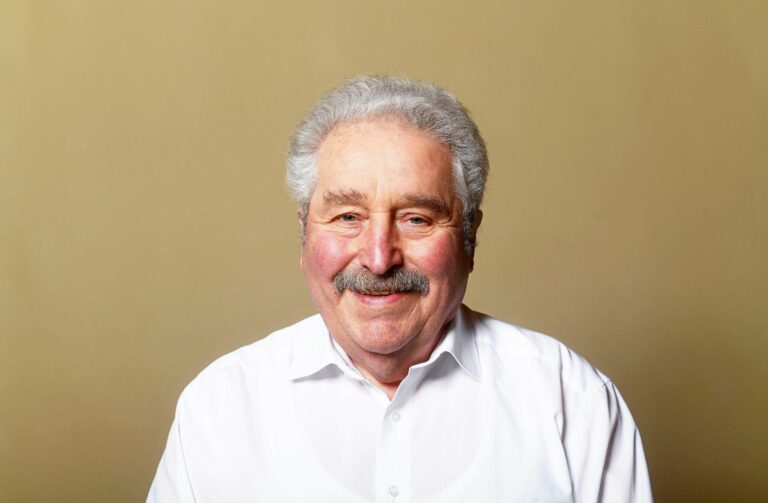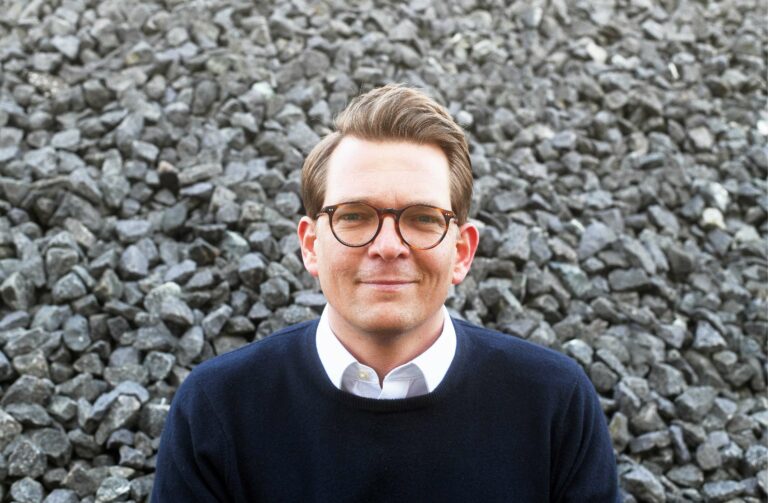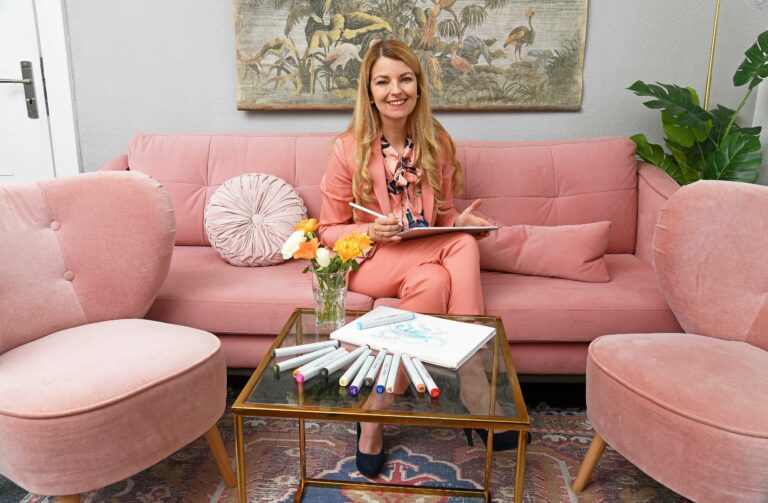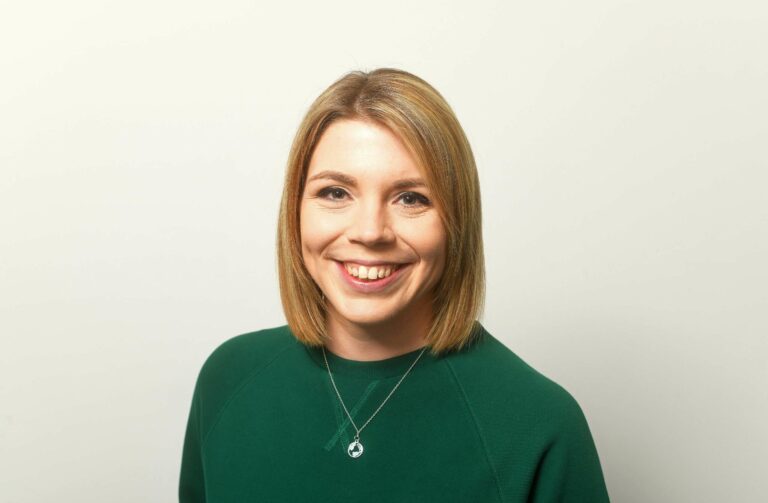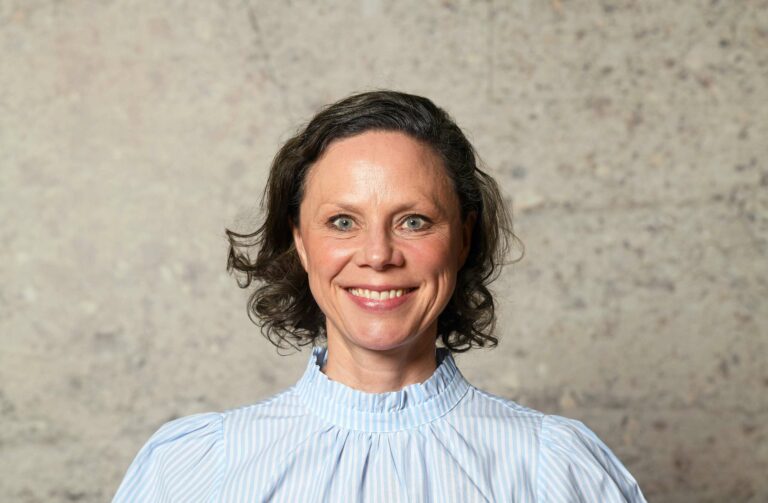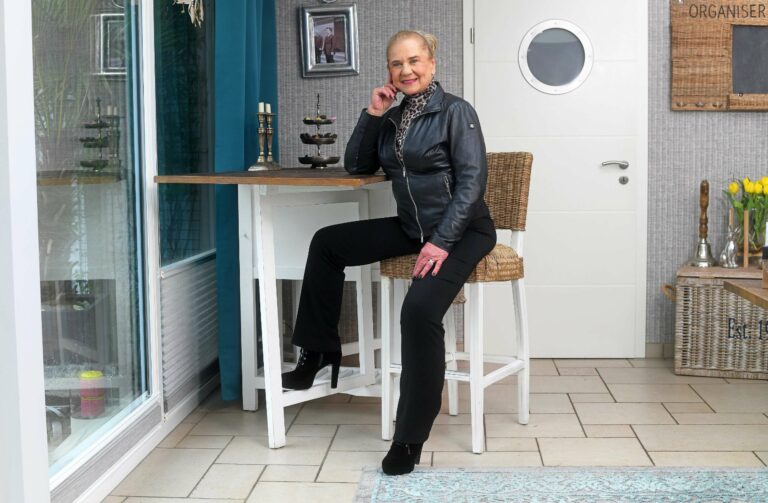“We realised we needed to become more independent.”
There are around 15 million individual parts
parts in a modern cruise ship. From the wooden sailing boats
of yesteryear via steel shipbuilding to the huge, complex
ocean liners of today, Meyer Werft in Papenburg
has steered the family company successfully through difficult waters,
from one generation to the next. Innovation cycles
are getting shorter all the time, and the next change is always only just around the corner.
And senior boss Bernard Meyer is right in the midst of it all.

“That was when all our hearts stood still”, recalls Bernard Meyer as he looks at the photo taken at the launch of the “Homeric”. Not just because this was the first (and last) time for a ship of this size to be launched sideways. The “Homeric” was also the first cruise ship that was built by Meyer Werft. A challenge, a chance, a venture – and, looking back, the start of a new era. The wave created by the “Homeric” in 1986 in front of cheering crowds carried Meyer Werft into the new millennium.

Curious about technology
Papenburg in the 1950s. When Berna Meyer put her elder sons in the bath on a Sunday evening, she’d always know at once if the boys had been playing in the shipyard again. The small mobile cranes and all the sand in the foundry were just too tempting. “But we also picked up sand fleas and this is what betrayed us”, reminisces Bernard Meyer. “Just like the little hand prints we left on everything. On Monday morning, the foreman would come into the office to complain.” But this didn’t change anything in the allure of the workshops for the brothers. On the contrary. “When I was a small boy, they already let me work in the joiner’s shop during the holidays. That was great.” Young Bernard helped make furniture for the ships and learnt from one of the older joiners how to
handle wood. Their father happily encouraged the interest that the boys showed in the various trades involved in shipbuilding. “But he never put us under pressure to take over the shipyard one day. After all, things weren’t always easy in the industry.”
Even so, Bernard Meyer knew early on that he wanted to study shipbuilding. This had the positive side-effect of taking him away from home to a larger city. “Emden didn’t have a university in those days. And life in Papenburg was rather bleak in the 1960s for a young man just out of school.” In sharp contrast to the halls of residence and student digs in Hannover and Hamburg. These were the years of great student unrest. Meyer was moved by all that was going on. He had many interests and also attended lectures in other subjects. His intention after graduating was to gain further experience on French shipyards to start with. A trade delegation to Japan prompted him to change his plans at short notice, thus laying the basis for many of his future decisions.
A grand voyage
The shipyards’ association was planning a visit to the big shipyards in Japan, which were seen as world leaders in those days. But only shipyard employees were allowed on the trip. “So my father said: “In that case, we’ll make you an employee now”. The members of the delegation were impressed by the work they saw in Japan. “It wasn’t just the size and the technologies, but also the level of vertical integration. The companies were already organised along Kaizen lines.” Later on, this Japanese life and work philosophy would also come to have a great influence on western management processes. Meyer would soon be in a position to apply much of what he absorbed in the Far East. This also became a necessity.
The industry was under pressure, with more and more orders being lost to Asia. Meyer Werft was fortunate though. During a brief “political spring” between
the former Soviet Union and the USA, father and son manage to acquire a major order in Moscow. “Six big LPG carriers, this was incredible. We’d never built such large ships”. To do so, they needed a bigger shipyard. Bernard Meyer convinced his father to build new premises outside the town. “Relocating to Emden wasn’t on the cards: we needed our skilled workers in Papenburg.” His father agreed, but made one thing clear: “You’re needed here now. When we make mistakes
, we make them together.“ Bernard Meyer assumed management of the construction site. They proved to be a good team. They also had the town and district authority on board. Nor were they deterred by the fact that their construction project in Lower Saxony was the first of its kind to come under the Federal Emission Protection regulations. Within just eighteen months, the broad outlines for both the new shipyard and the first ship were completed.

Looking for the niche
“And then the oil crisis hit. Ships were being laid up all over the place, yet there we were, building a new shipyard.” The financial side of the project became a challenge. “It’s a good concept, but young Mr Meyer is too young, and old Mr Meyer is too old”, were the concerns one of the banks had, as they discovered later on. “My father was 65 and I was 25”. For the future, they decided to split their roles along strategic lines. “My father stood for stability and continuity, and I stood for new ideas and innovation.” The plan worked and was implemented in the next generation as well. “We were a good team right up to the end. I don’t regret a single minute with my father.”
Once the shipyard was finished, the engineer wanted to get to know the markets: “And as many people as possible.” The six months he spent gaining experience with a shipping agent would serve him well with what would possibly be his most important decision. In the early 1980s, with Bernard Meyer meanwhile in charge of the shipyard, a Greek shipowner issued a tender for a cruise ship. Other competitors were rather hesitant, not just because the task was highly challenging in technical terms, but also because the ship was to be built in just two years. Having meanwhile gained experience in building luxurious ferries for the Scandinavian market, Meyer grasped his chance. “Already with the gas carriers, we saw ourselves more in the role of general contractor than pure shipbuilder.”
Meyer Werft stands out not only in the way they organise all the individual trades involved in building a ship, but also with the company’s comprehensive know-how. The specialist expertise of the Group today extends from air conditioning systems and artificial intelligence to the construction of adventure pools. The workforce of around 7,000 employees includes more than 1,300 graduate engineers. Many solutions emerge from working closely with the customers. “My great-grandfather once said that success depends on training and expertise. That’s investment in the next ten years and not just tomorrow.”
Technology for tomorrow
Time and again, their innovations put the shipbuilders in Papenburg a step ahead of the competition. The shipyard became home to Europe’s largest laser centre. Bernard Meyer was awarded the Werner von Siemens ring for his services to science and technology, one of the few honours that he has been prepared to accept. He’d far rather talk about the things close to his heart. “Today we are the only shipyard with integrated product lifecycle management”; he explains. In this way, the huge quantities of data generated during the construction and development phase can be used right through to the production process. “No-one has managed that before on this technical level.” His son Paul, who has a PhD in business information systems, has introduced a new platform which has triggered a completely new approach to manufacturing. Flexibility is ensured by a steering group and small mixed teams. New beginnings, once more! The Meyer Werft is technology leader in its niche.
Bernard Meyer sees many shipbuilding firms failing at the point where one generation hands over to the next. He has therefore taken early precautions by setting up two family foundations to safeguard the continuation and succession of the Group, which now has three shipyards. “I’m still around, but I no longer have active responsibility.” His son Jan runs the shipyard in Papenburg, Tim does the same in Turku, Finland, and Paul is in charge of IT at all sites. The management team also includes people who aren’t actually part of the family. Bernard Meyer supports and assists all senior executives and provides the necessary continuity, following in his father’s footsteps. His is also actively involved in the German and European shipyards’ association. On both levels, crisis management has been put at the top of the agenda due to Covid-19 and the war in Europe. “Things aren’t so easy just now. We’ve decreased production and also turnover by around 40 percent.” That’s like slamming on the brakes, after the shipyard had been turning out more cruise ships than ever before. “We grew about ten-fold through the cruise business. My son once said we were actually like a start-up.” At the same time, German shipbuilding shrank to one tenth. Today, the Meyer Group accounts for 80 percent of commercial shipbuilding in Germany. But the company is going through a transformation process.
“When the cruise market collapsed two years ago, we started looking for alternatives. Fortunately, we were able to stretch the orders that were already on our books. But we also realised that we needed to become more independent.” This was achieved by harking back to old skills, and also through further development.
. Today, the shipyard is once again building a research ship; older vessels are being converted to more environmentally friendly drive systems, and there is also a division for green super yachts. The senior boss sees a great future for floating buildings. This is a concept that the next generation in the family has already developed.
has already developed.
Papenburg was and is Bernard Meyer’s home port. He loves the way the region is so family friendly. He used to go rowing here. Hobbies? No, he doesn’t have any just now. He likes being in the office and in the production facilities, he always knows what’s being built, how and where. Even if ships are no longer actually launched in Papenburg, it’s a very special moment for him every time a ship leaves the dock. It’s also a public celebration – today more than ever.
MEYER WERFT GmbH & Co. KG
Sie sehen gerade einen Platzhalterinhalt von Standard. Um auf den eigentlichen Inhalt zuzugreifen, klicken Sie auf den Button unten. Bitte beachten Sie, dass dabei Daten an Drittanbieter weitergegeben werden.
Mehr Informationen
